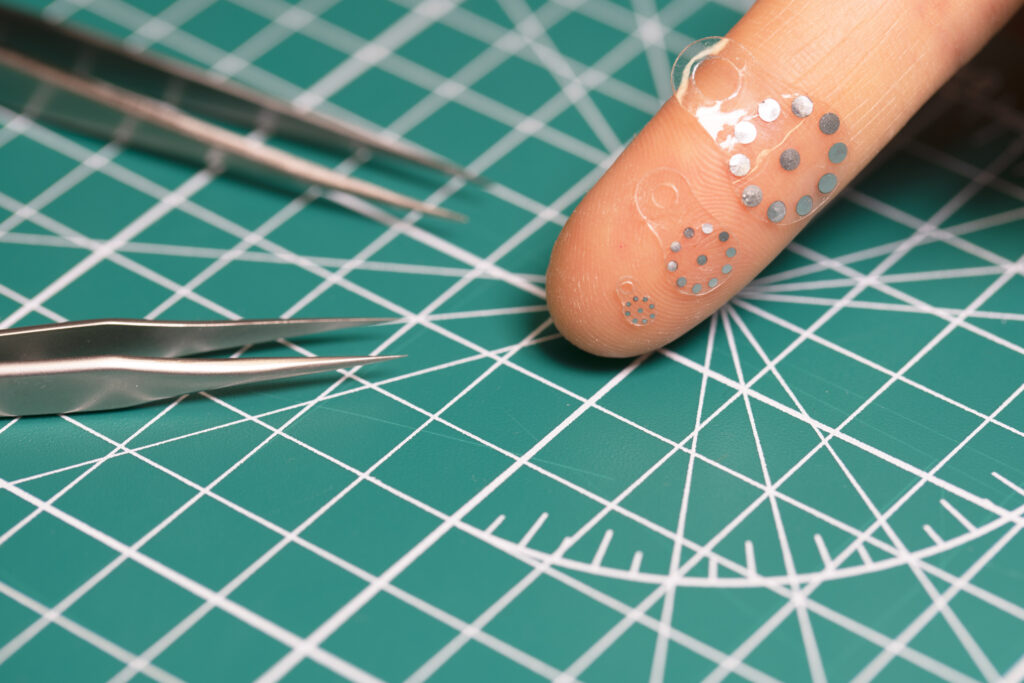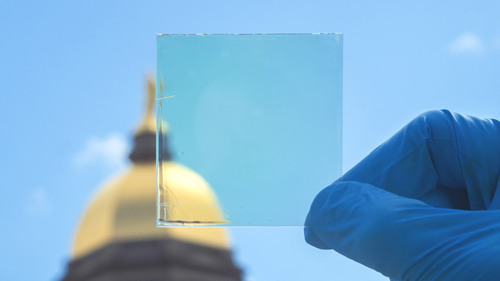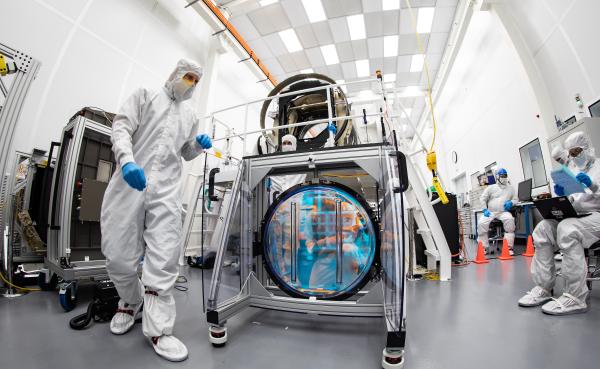Post-surgery complications, while common and often unavoidable, can be life-threatening if not detected early. In particular, gastrointestinal surgeries carry the risk of anastomotic leaks, where gastrointestinal fluids escape the digestive system, causing significant harm. Current methods of detecting these leaks are unreliable, involving radiation exposure and invasive procedures. However, researchers from Northwestern University and Washington University School of Medicine in St. Louis may have found a breakthrough with their new ultrasound sticker.
The wearable technology is the first-of-its-kind that enables clinicians to monitor patients’ organs and deep tissues using a simple ultrasound device. Attached to the organ or tissue, the soft, tiny sticker changes in shape in response to the body’s changing pH levels, which clinicians can view in real-time through ultrasound imaging. By revealing the leakage of fluids with high sensitivity and specificity, the non-invasive sticker can enable earlier interventions than previously possible
A bioresorbable, biocompatible sticker means that the device dissolves away once the patient has fully recovered, eliminating the need for surgical removal. Evaluations across small and large animal models were carried out to validate three different types of stickers made of hydrogel materials tailored to detect anastomotic leaks from the stomach, the small intestine, and the pancreas. The study is to be published in the journal Science on March 8th, 2024.
According to gastrointestinal surgeon Dr. Chet Hammill, who led the clinical evaluation and animal model studies, “Right now, there is no good way whatsoever to detect these kinds of leaks. This new technology has potential to completely change the way we monitor patients after surgery.”
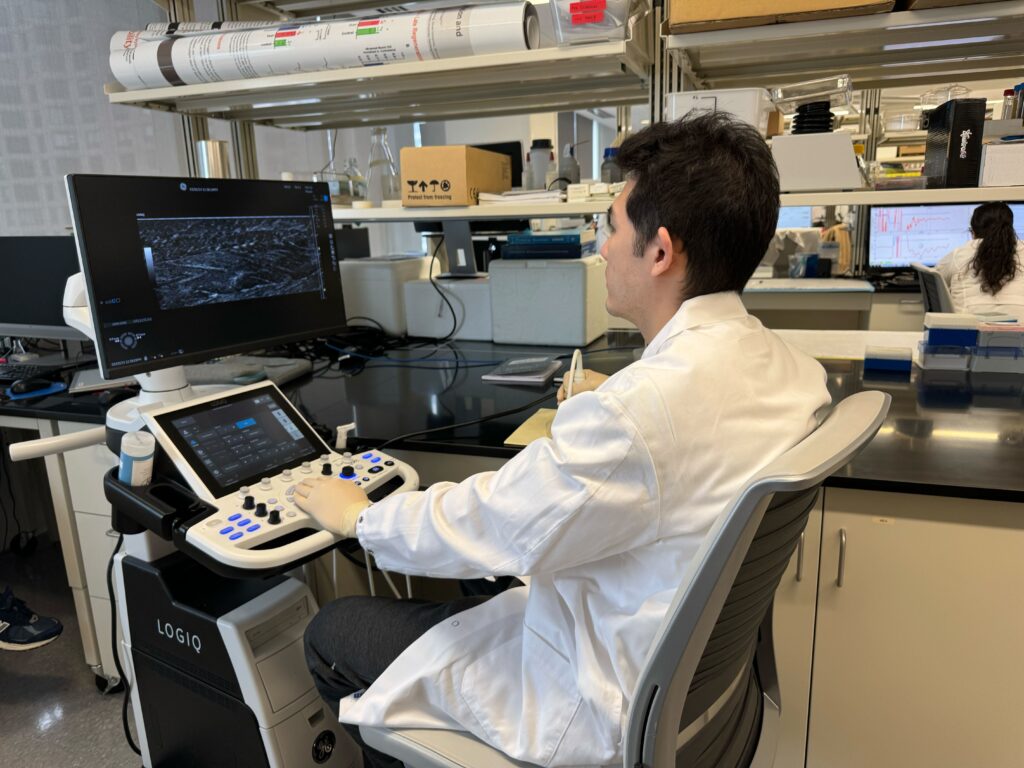
Ultrasound technology has many advantages as it is a readily available, non-radiative, and inexpensive imaging method. However, it cannot reliably differentiate between various bodily fluids such as blood and gastric fluid, which hindered early post-surgery detection of anastomotic leaks. The team designed a small, tissue-adhesive sticker made of flexible, chemically responsive, soft hydrogel material, embedded with tiny, paper-thin metal disks, which move apart when encountering leaked fluids. The swelled hydrogel and metal disks provide very strong contrast in ultrasound images hence serving as a ‘tag’ for organ monitoring.
These tags are small and thin and could be placed at different locations using an array of readings to develop a pH map for the precise detection of the position of the leak. The device could be implanted, placed at the end of the surgical procedure, or even injected into the body using a syringe.
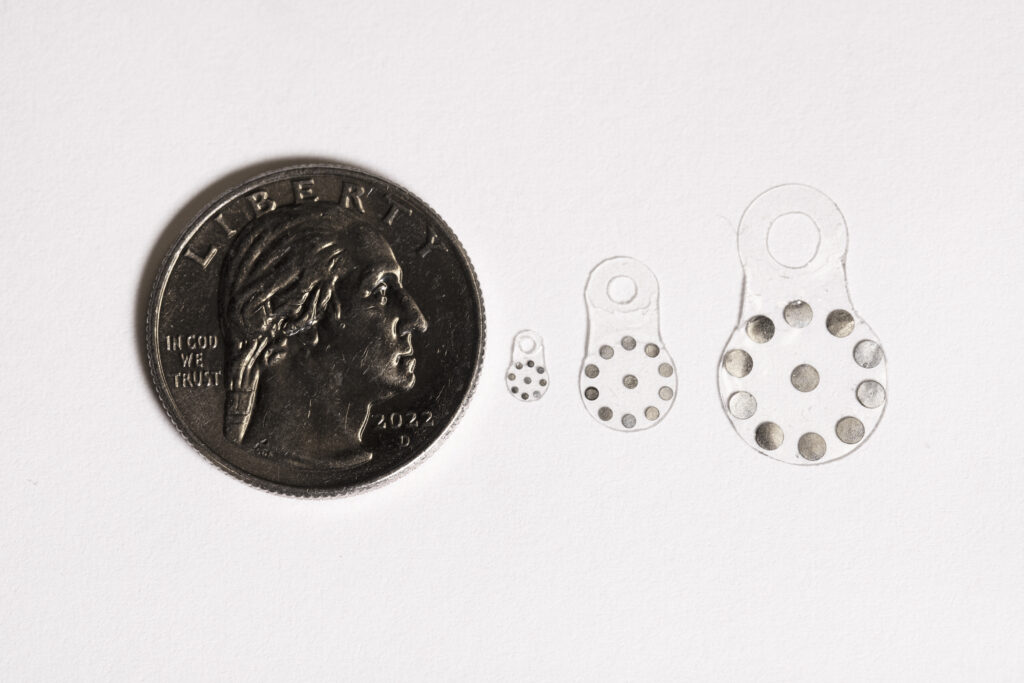
The potential for this ground-breaking non-invasive ultrasound sticker to revolutionize the way clinicians monitor patients after surgery, by non-invasively detecting post-surgery complications, could change the way patients recover from gastrointestinal surgeries.

